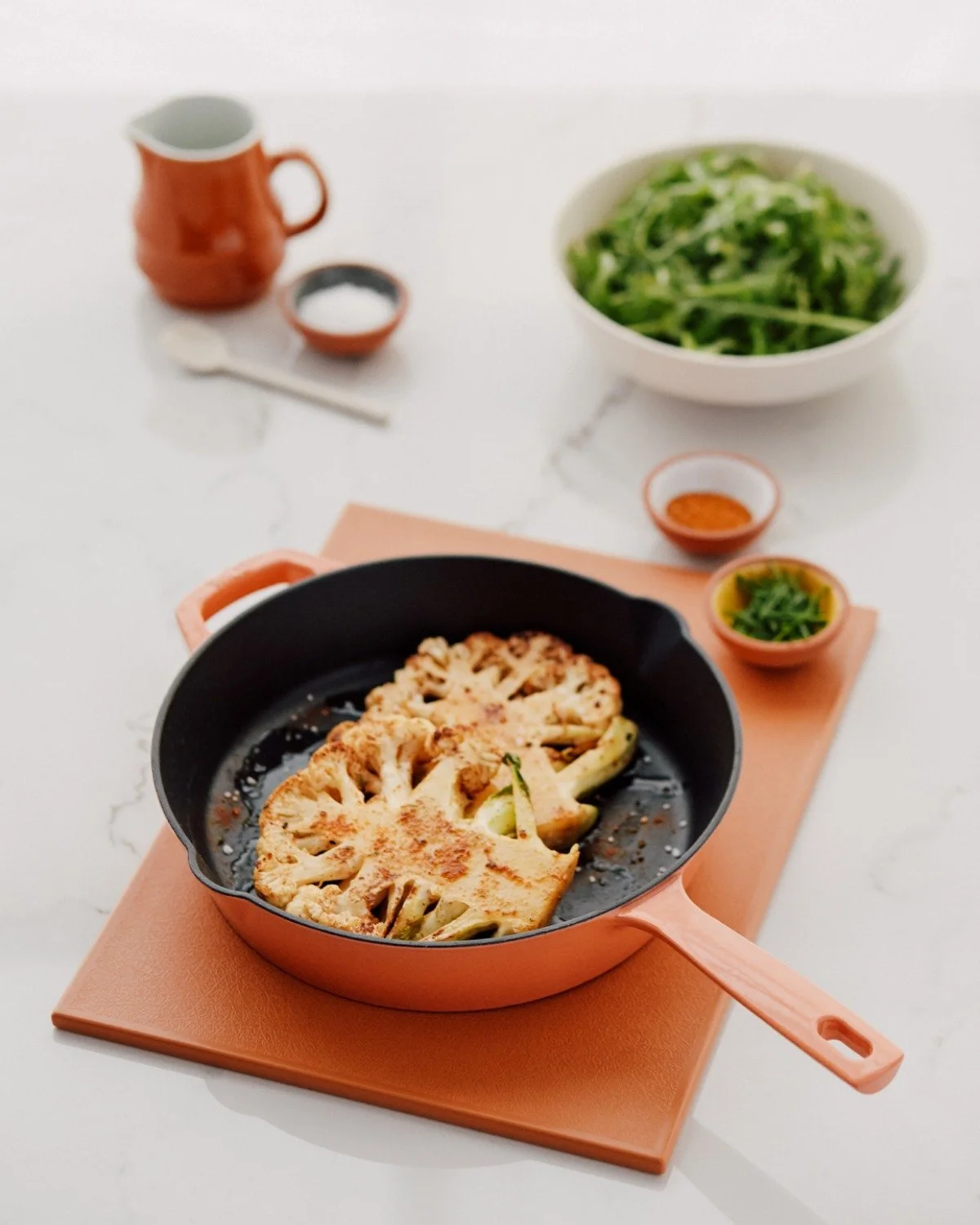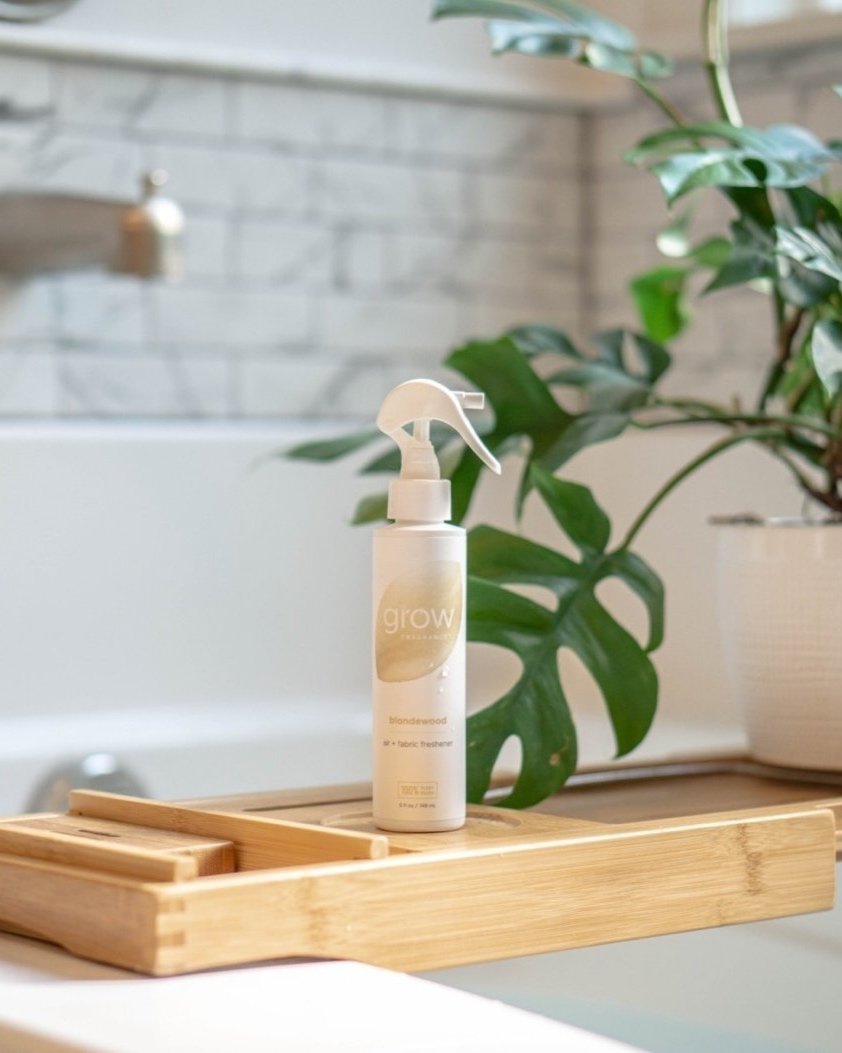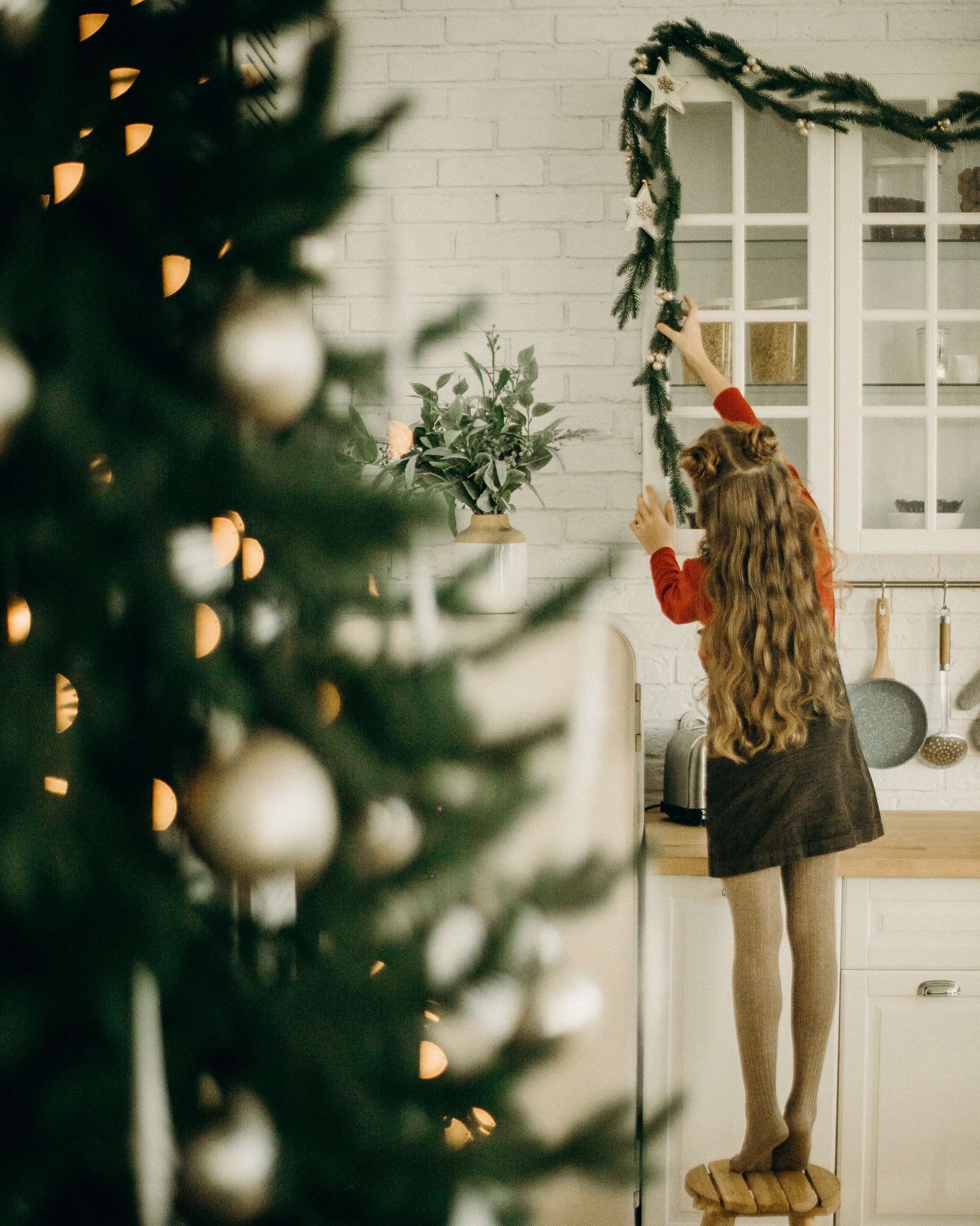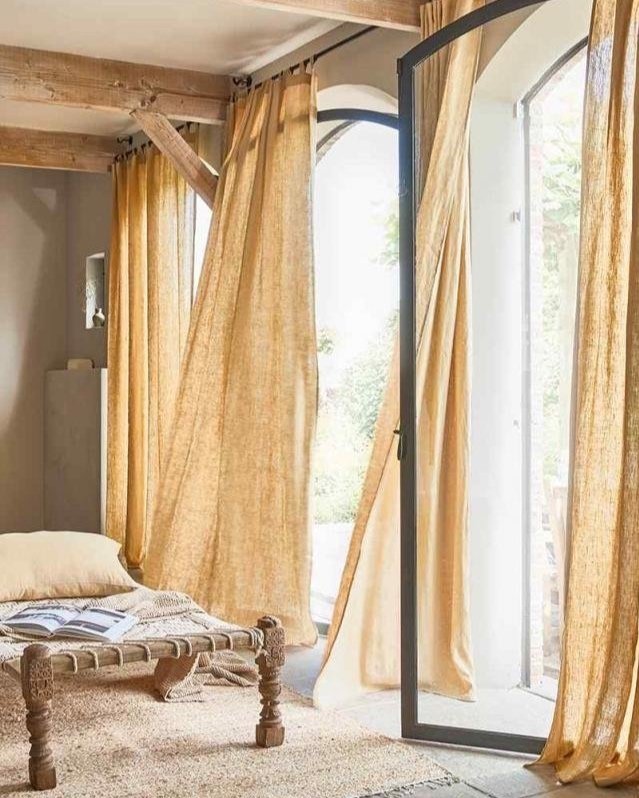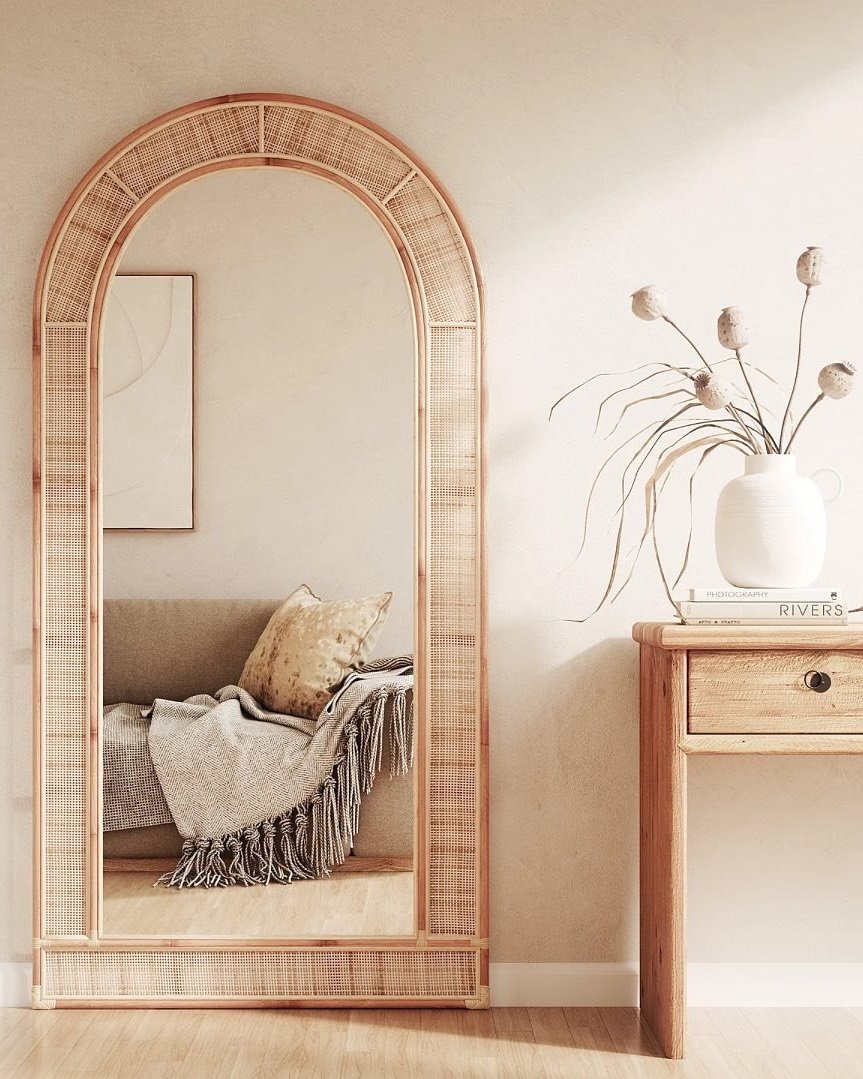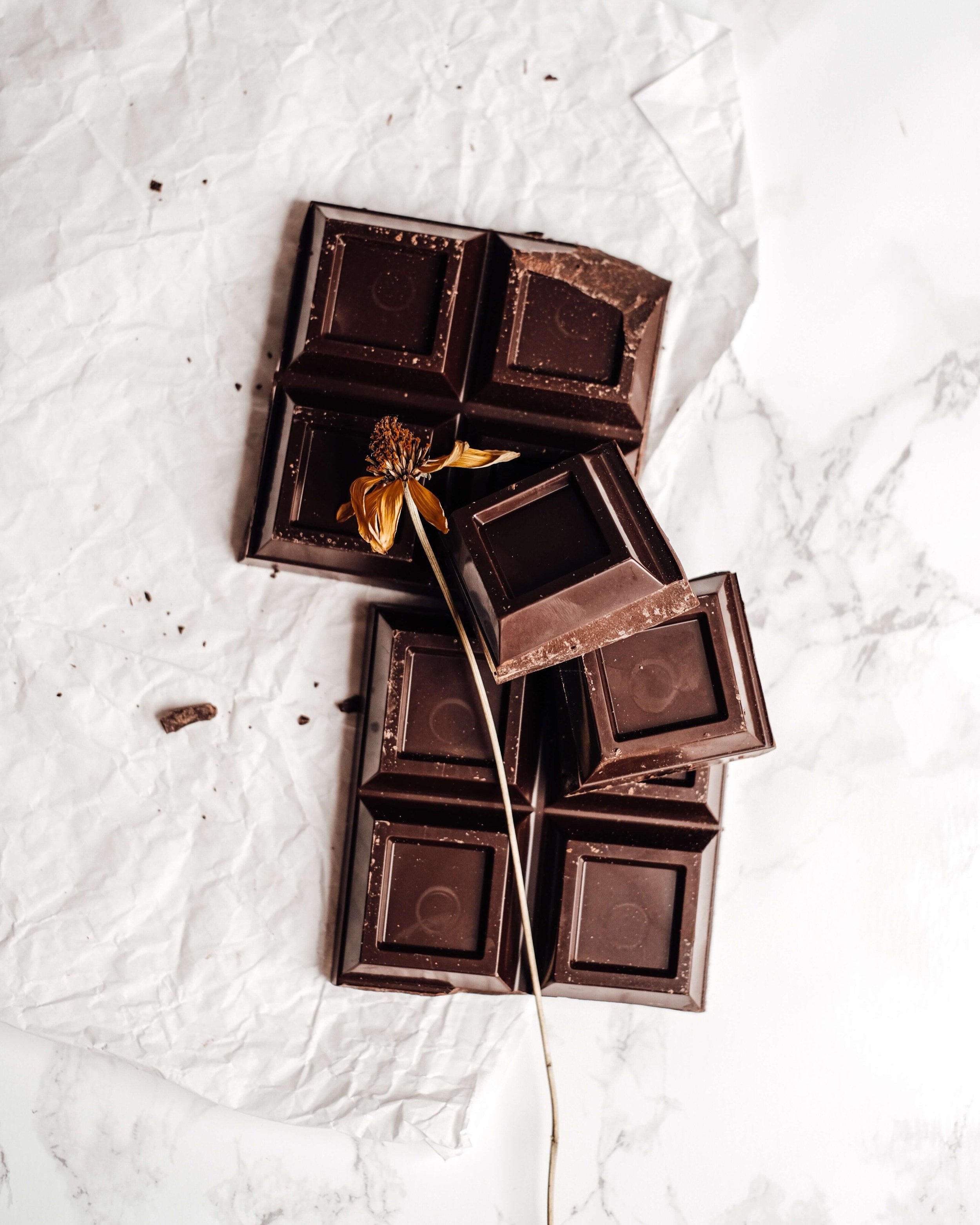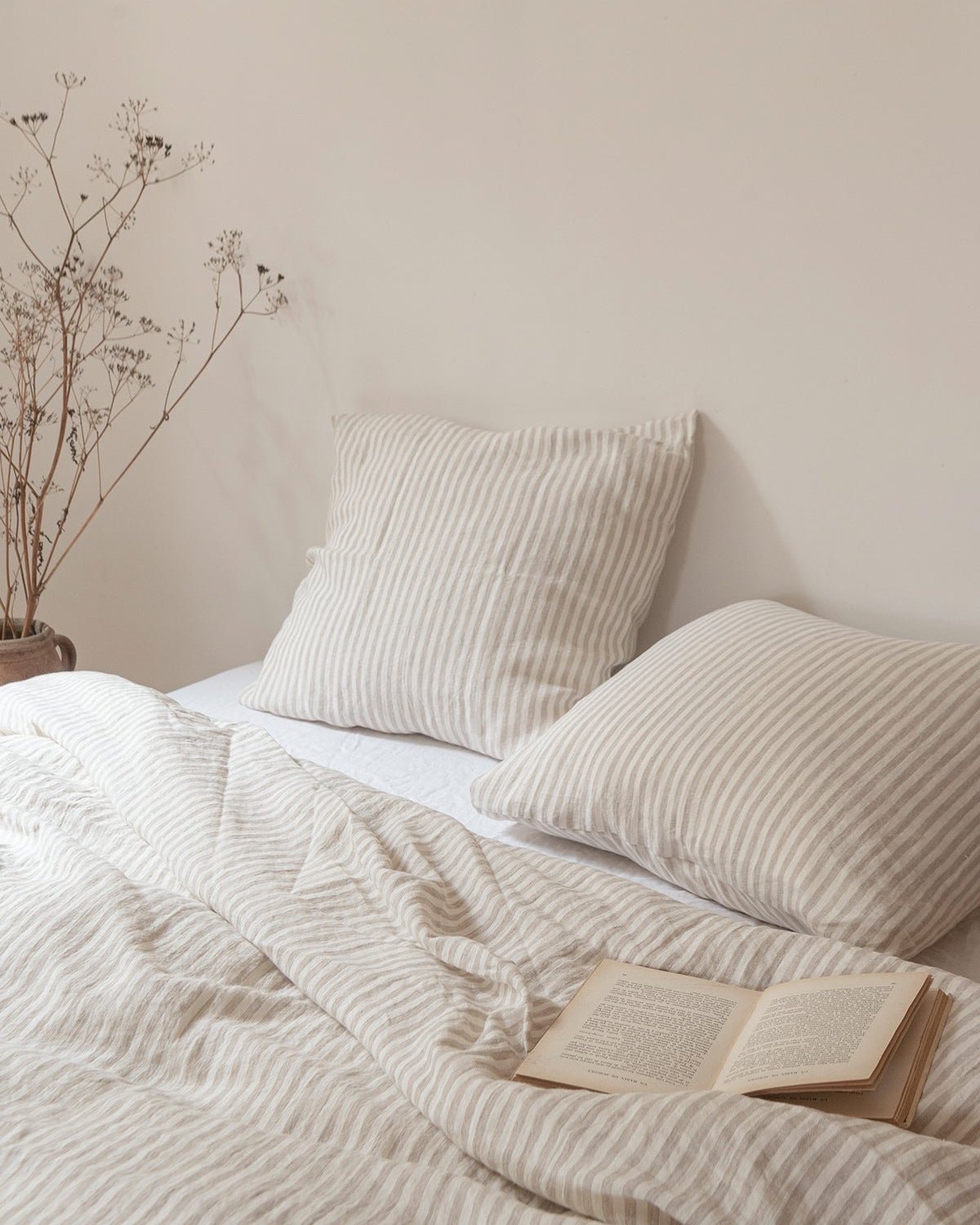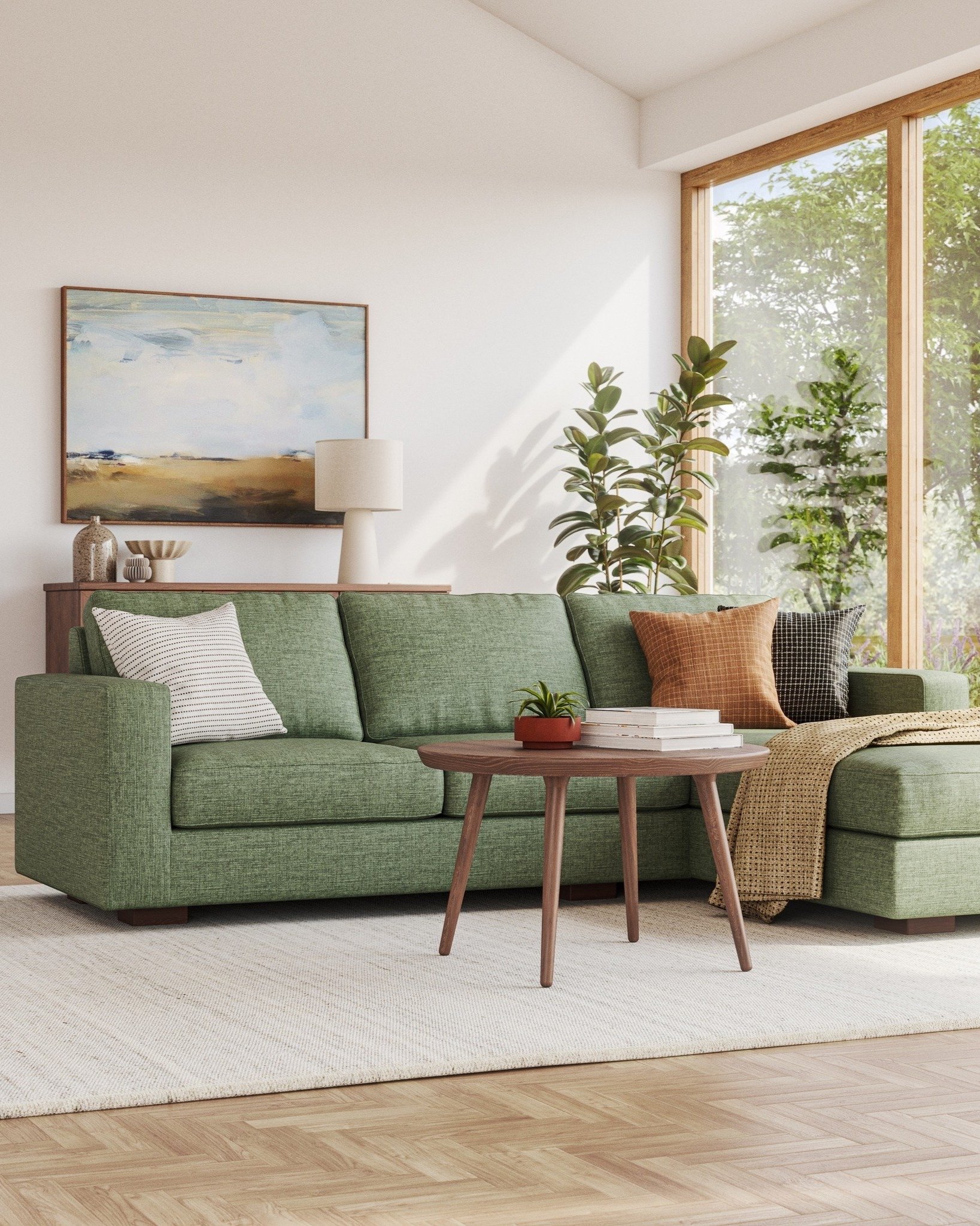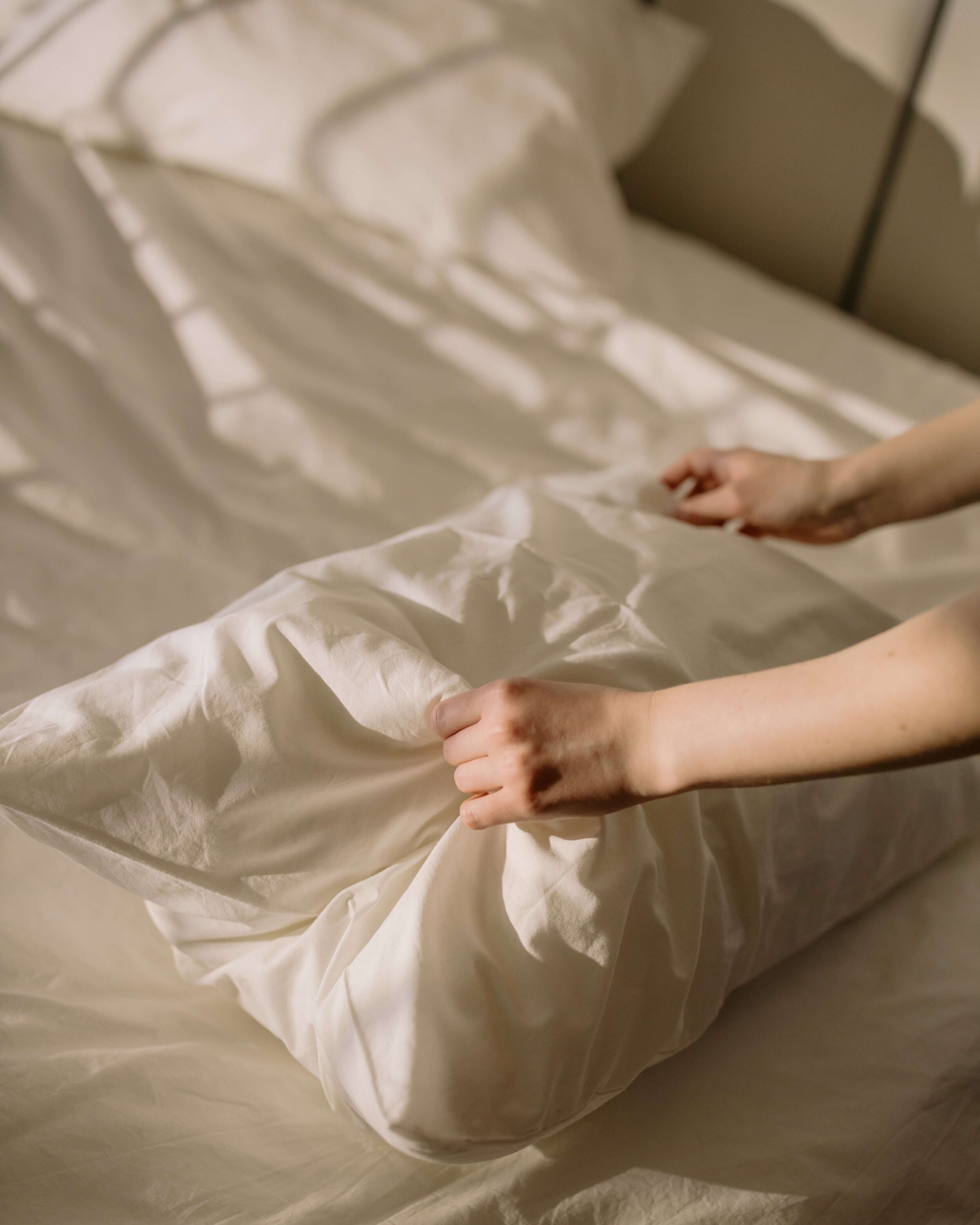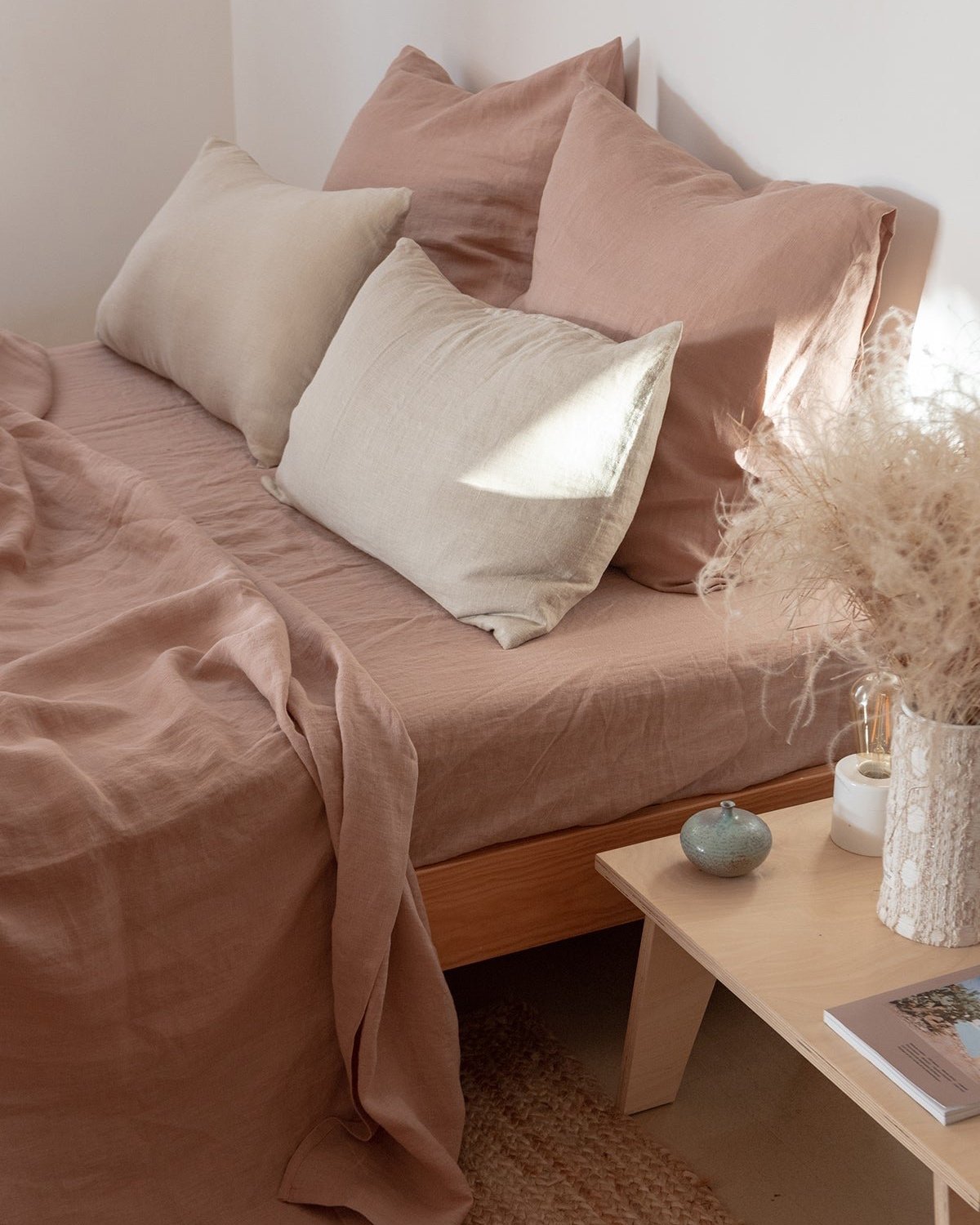A Beginner’s Guide to Apartment Gardening (& Why You Should Start One)
A Guide to Apartment Gardening
There are many reasons to love gardening. Whether you like seeing a tiny seed turn into a lush plant, enjoy spending time away from technology or want to harvest your food instead of purchasing expensive alternatives, there are many options.
You might think you need a house with plenty of land to enjoy a garden, but that’s far from the truth. You can grow and harvest many plant varieties in a small section of your apartment.
Here’s how to get started with apartment gardening.
Benefits of Apartment Gardening
There are many advantages to having a garden in your apartment, whether large or small.
Grow Your Own Food
Growing produce in your apartment reduces waste caused by mass food production. Big farming and associated transportation make up 26% of global carbon emissions. Grocery store visits are unlikely to stop with an apartment garden, but you can reduce your carbon footprint by locally growing and sourcing your food. You’ll likely save money since you won’t be as impacted by inflated prices.
Buying and using fewer things helps the environment. It’s hard to control the amount of snacks in a package, but you can grow more or less food each year, so you get a lot of delicious food without wasting much.
Evidence shows that locally grown food is more nutritious and tastes better than mass-produced options. It makes sense since produce might travel the world before getting to you. The freshness and nutritional value decrease by the time it reaches your plate. Grocery store items can still be good for you, but picking crops yourself might make you more willing to eat them, improving your overall health.
Purify the Air
One of the disadvantages of living in an urban area is the higher concentration of air pollutants in the atmosphere. Having plants in your apartment can reduce the amount of irritants in the air and help you breathe easier.
Plants take in carbon dioxide and expel more oxygen for people to breathe. It’s an incomparable relationship. Gardens and houseplants remove the CO2 you inhale as well as the carbon emissions in and around your apartment. Growing plants is a sustainable and inexpensive alternative to an air purifier.
High pollution levels can contribute to respiratory conditions like allergies, asthma and chronic obstructive pulmonary disorder (COPD). Having an apartment garden can reduce your risk.
Improve Your Mental Health
Having an apartment garden might make you feel calmer or happier. Research shows that being around plants can help reduce symptoms of mental health conditions like depression and anxiety. Having plants around can also improve your focus and inspire your creative side.
There is a connection between physical and mental health. Eating more fresh foods from your garden could lift your spirits.
People who live with chronic stress can find benefits in mindfulness. Gardening is an excellent way to practice it because you focus on your actions. Ensuring each plant has enough soil, fertilizer, water and sunshine are things you can concentrate on but are simple enough tasks that they don’t stress you out.
Gardening is also a surprisingly physical activity and contributes to the suggested 150 minutes of aerobic activity adults should partake in each week. Regular exercise is a great mood booster that can strengthen your mental health.
Creating an Apartment Garden
Starting an apartment garden is easier than you might think. All plants need the same type of care, whether in a field or a windowsill. Choosing your crops carefully and tending to them well will yield a harvest in no time.
Choose Your Location
You’ll need to plant your garden in a location with the following conditions:
Sun: Sunlight helps your budding beauties turn water and CO2 into energy. Some plants need more than others, so look at the directions on your seed packets to ensure you give them enough but not too much natural light.
Water access: Plants need water to hydrate and continue growing.
Drainage: Your crops need water, but too much could drown their roots. Having a pot or container with drainage can prevent this issue.
Fertilizer: Giving your plants a boost with fertilizer can help them grow stronger inside or outside your apartment.
Balcony or Patio
Take advantage of any outdoor space to give your plants a good chance of growing like they would in the ground. You can use containers or grow bags to produce taller crops since you don’t have to worry about them invading your living space. Just watch for potential frosts so you know when to cover them or bring them in for the night.
Near a Window
Another good option is growing plants in a window. Depending on the sunlight it lets in your apartment, you could get a good number of crops. If you don’t have many windows, consider setting up a small herb and vegetable garden to grow delicious produce while minimizing used space.
Windows can be an excellent solution for plants and produce that only need partial sunlight to thrive. Being indoors protects them from pests that may try to eat their leaves and damage your hard work. You can also better regulate the temperature of your garden inside, helping it last longer.
Indoor Gardening System from MyGardyn
Gardening Systems
Many companies recognize the desire for apartment gardens and offer systems that give your plants what they need without worrying about their care. They are excellent solutions if you are tech-savvy, can afford one and don’t have much time to spend on your plants.
One example is a hydroponic version, which has the right temperature and frequency of light to practically eliminate the need for any sun. It and similar models have lights to alert you when to add more water or fertilizer to your plants.
Many brands and options are available, and with some research, you can find which system works best for your budget, skills and desired plants.
Decide What to Plant
Determine what to grow as you figure out where you can plant things. Many plant options can thrive in an apartment.
Fruits and Vegetables
You can grow many different fruits and vegetables in your home, and dwarf varieties are available. Lettuce, tomatoes, strawberries and peppers are some of the many great options for container gardening. You can also pot dwarf lemon, banana, clementine and even apple trees in an apartment.
What you choose to plant should depend on the space available, the climate you live in, the care the plant would need, and your aesthetic or taste preferences.
Flowers
You can grow flowers and other decorative plants indoors. Use small or large beds for your windows or balcony. You can also pair various houseplants to provide a sense of nature in the city.
Small flowers work well in border gardens surrounding your walkway, patio or balcony. You could also choose to plant a cut flower garden, which you can use for homegrown bouquets. Consider planting sunflowers and taller plants that can block your neighbors’ views if you want more privacy.
Choose Your Container
Once you know what and where to choose which containers you will use for your apartment garden, you’ll need items that accommodate the needs of your plants’ future size and root growth. You can replant some seedlings as needed, but others work best if you plant them in the gardening container they’ll remain in.
You can purchase a container garden frame or build one that fits best for your space. Large pots can work well for some plants and are easy to rearrange to get the best setup for you. If you want to conserve space when you’re not growing plants, consider using fabric grow bags that you can clean and fold away at the end of the season.
Another thing to consider is how easy it will be to clean your containers. You don’t have as much space to grow, so choose a solution that minimizes the mess. Pots are easy to sweep around, and a tarp can help prevent balcony plants from dripping on your downstairs neighbors.
Using Your Garden
Once your plants bloom or are ready to harvest, you can start enjoying them.
Experiment with different recipes or make preserves to access healthy, fresh food all year. There are also many other ways to use your harvest.
Give Back
If you have more than you want, consider donating some of your food or plants to community members who could use them. Share your bounty with neighbors and friends who can appreciate the hard work that went into their growth.
You could also use your plants as a source of extra income. Offer locally grown fruits and vegetables or make flower arrangements to sell to individuals or other local businesses.
Compost
Get a head start on next year’s garden by composting the organic waste your current plants create. Apartment composting doesn’t have to be a smelly affair. Many companies now produce countertop options that conceal odors and create nutritious soil to help your next crops thrive.
Beginning Your Apartment Garden
You can enjoy fresh plants all year from your apartment garden. Whether you grow food, flowers or other greenery, having live plants around can significantly impact your life, the environment and the lives of others.
About the Author:
Mia Barnes is a health and beauty writer with a passion for sustainable living and wellness. Mia is also the Founder and Editor-in-Chief of Body+Mind Magazine, an online publication that covers healthy and eco-friendly living. Follow Mia and Body+Mind on Twitter and LinkedIn!
MAKE SURE TO PIN THE PHOTO BELOW TO SAVE THIS POST FOR LATER!
WANT TO FIND SUSTAINABLE BRANDS? VISIT OUR BRAND DIRECTORY!
Our Brand Directory is home to hundreds of sustainable brands, from makeup to cleaning supplies, from underwear to shoes. We have broken everything down by category for easy shopping, along with discount codes unique to Sustainably Chic viewers.










